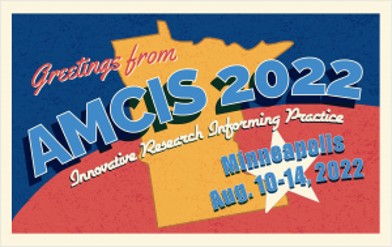SIG - Adoption and Diffusion of IT
Loading...
Paper Type
Complete
Paper Number
1662
Description
Augmented reality (AR) can foster service innovation and thus cope with some of the most urgent challenges in the service science domain, namely supporting frontline workers while ensuring high safety standards. Therefore, the utilization of AR can help to achieve these goals. On the contrary, AR remains a complex technology with specific requirements and preconditions that demand expertise to overcome them. Based on a case study, we derive a framework for designing AR solutions, which helps divide the complexity of designing and developing AR-based services to support the adoption and diffusion of AR applications. Such an encompassing perspective on initial AR explorations helps to transform the acquired information into a thorough proof of concept, pilot implementations and ultimately productive software.
Recommended Citation
Bräker, Julia and Semmann, Martin, "Dividing Complexity to Conquer New Dimensions – Towards a Framework for Designing Augmented Reality Solutions" (2022). AMCIS 2022 Proceedings. 2.
https://aisel.aisnet.org/amcis2022/sig_adit/sig_adit/2
Dividing Complexity to Conquer New Dimensions – Towards a Framework for Designing Augmented Reality Solutions
Augmented reality (AR) can foster service innovation and thus cope with some of the most urgent challenges in the service science domain, namely supporting frontline workers while ensuring high safety standards. Therefore, the utilization of AR can help to achieve these goals. On the contrary, AR remains a complex technology with specific requirements and preconditions that demand expertise to overcome them. Based on a case study, we derive a framework for designing AR solutions, which helps divide the complexity of designing and developing AR-based services to support the adoption and diffusion of AR applications. Such an encompassing perspective on initial AR explorations helps to transform the acquired information into a thorough proof of concept, pilot implementations and ultimately productive software.
When commenting on articles, please be friendly, welcoming, respectful and abide by the AIS eLibrary Discussion Thread Code of Conduct posted here.



Comments
SIG ADIT